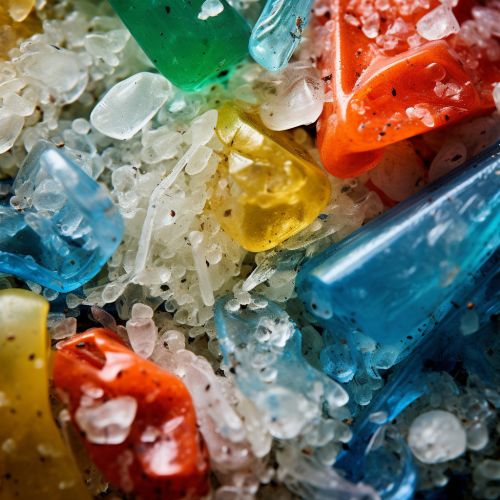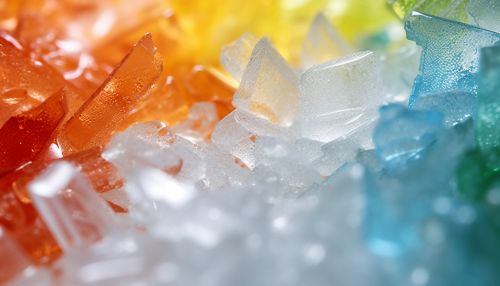Biodegradable plastic
Introduction
Biodegradable plastic is a type of plastic that, under certain conditions, can break down into natural materials in the environment without causing harm. Unlike traditional plastics, which can take hundreds of years to decompose, biodegradable plastics offer a more sustainable solution to plastic waste. This is achieved through the incorporation of additives that promote biodegradation, or by using plant-based materials that can naturally decompose.


Composition and Types
Biodegradable plastics can be composed of various materials, including starch, cellulose, polylactic acid (PLA), polyhydroxyalkanoates (PHA), and others. Each of these materials offers different properties and benefits, making them suitable for a range of applications.
Starch-Based Plastics
Starch-based plastics are derived from plant starch, a renewable resource. They are often used in packaging and disposable cutlery. These plastics can be composted at home, but the rate of decomposition varies depending on the specific formulation and composting conditions.
Cellulose-Based Plastics
Cellulose-based plastics are made from cellulose, the main component in the cell walls of plants. They are often used in film and coating applications. Cellulose-based plastics are biodegradable and compostable under industrial composting conditions.
Polylactic Acid (PLA)
Polylactic acid (PLA) is a type of biodegradable plastic derived from renewable resources such as corn starch or sugar cane. PLA is often used in packaging, disposable cutlery, and in the medical field for sutures and drug delivery devices. It is compostable under industrial composting conditions.
Polyhydroxyalkanoates (PHA)
Polyhydroxyalkanoates (PHA) are a family of biodegradable plastics produced by bacteria. PHA is used in a variety of applications, including packaging, agricultural films, and medical devices. It is both biodegradable and compostable under a wide range of conditions.
Production Process
The production process of biodegradable plastics varies depending on the type of plastic being produced. However, most processes involve the conversion of renewable resources into plastic through fermentation and polymerization.
In the case of PLA, the process begins with the extraction of sugars from plants such as corn or sugarcane. These sugars are then fermented to produce lactic acid, which is then polymerized to create PLA. The PLA can then be processed and molded into various products.
For PHA, the process involves the cultivation of bacteria that produce PHA as a byproduct of their metabolism. The bacteria are fed with a carbon source, such as glucose or vegetable oil, and the PHA is extracted from the bacteria and processed into plastic.
Environmental Impact
While biodegradable plastics offer a more sustainable alternative to traditional plastics, their environmental impact is complex and depends on various factors, including the source of the materials, the production process, and the disposal method.
On one hand, biodegradable plastics can help reduce the amount of plastic waste that ends up in landfills and the environment. They can also reduce the reliance on fossil fuels for plastic production, as many biodegradable plastics are derived from renewable resources.
On the other hand, the production of biodegradable plastics can have environmental impacts. For example, the cultivation of crops for plastic production can lead to deforestation and biodiversity loss. Additionally, the decomposition of biodegradable plastics can release greenhouse gases, contributing to climate change.
Furthermore, not all biodegradable plastics are compostable, and those that are often require specific industrial composting conditions to fully decompose. If not properly disposed of, biodegradable plastics can still end up in landfills or the environment, where they may not fully decompose.
Future Developments
Research and development in the field of biodegradable plastics is ongoing, with the aim of improving the properties and reducing the environmental impact of these materials. This includes the development of new materials, improved production processes, and better end-of-life options.
One area of research is the development of biodegradable plastics from waste materials, such as food waste or agricultural residues. This could help reduce the environmental impact of plastic production and contribute to a circular economy.
Another area of research is the improvement of the biodegradation process. This includes the development of additives that can enhance the biodegradation of plastics, as well as the development of compostable plastics that can decompose under a wider range of conditions.
